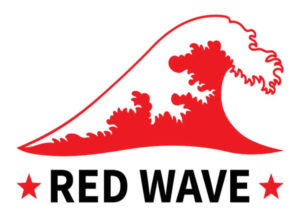In the closing days of the campaign season 2022, voters were led to believe by polling and media that a red wave of the kind that hit in 2010 was building. But it didn’t happen that way. What was different? At the Ron Paul Institute, former congressman and presidential candidate, Dr. Ron Paul, explains that Republicans in 2022 “offered little in the way of a substantive agenda,” compared to 2010. He writes:
Those searching for an explanation of why there was no “red wave” giving Republicans huge gains in Congress in this year’s midterm election should compare this year’s election with the midterm election of 2010. In 2010, Republicans gained a net 63 House seats. While Republicans then did not gain control of the US Senate, they did gain six Senate seats.
These Republican victories in 2010 were propelled by the Tea Party and the liberty movement. These movements became prominent during the waning days of the Bush administration. The liberty movement was advanced by grassroots supporters of my 2008 presidential campaign. The liberty movement’s focus was, and is, on restoring constitutional government in all areas, ending our interventionist foreign policy, and changing our monetary policy by auditing and ending the Federal Reserve and legalizing alternative currencies. Early on, the Tea Party largely focused on opposition to the 2008 bank bailouts.
There was overlap between the liberty movement and the Tea Party as many members of both groups fought for auditing and ending the Fed, ending bailouts, and preventing Congress from passing Obamacare.
Many Republican candidates in 2010 appealed to Tea Party voters by not just promising to repeal Obamacare. They also promised to work to restore limited, constitutional, fiscally responsible government in all areas. In contrast, in 2022 the average Republican candidate offered little in the way of a substantive agenda.
Ron Paul
Read more here.
If you’re willing to fight for Main Street America, click here to sign up for my free weekly email.





